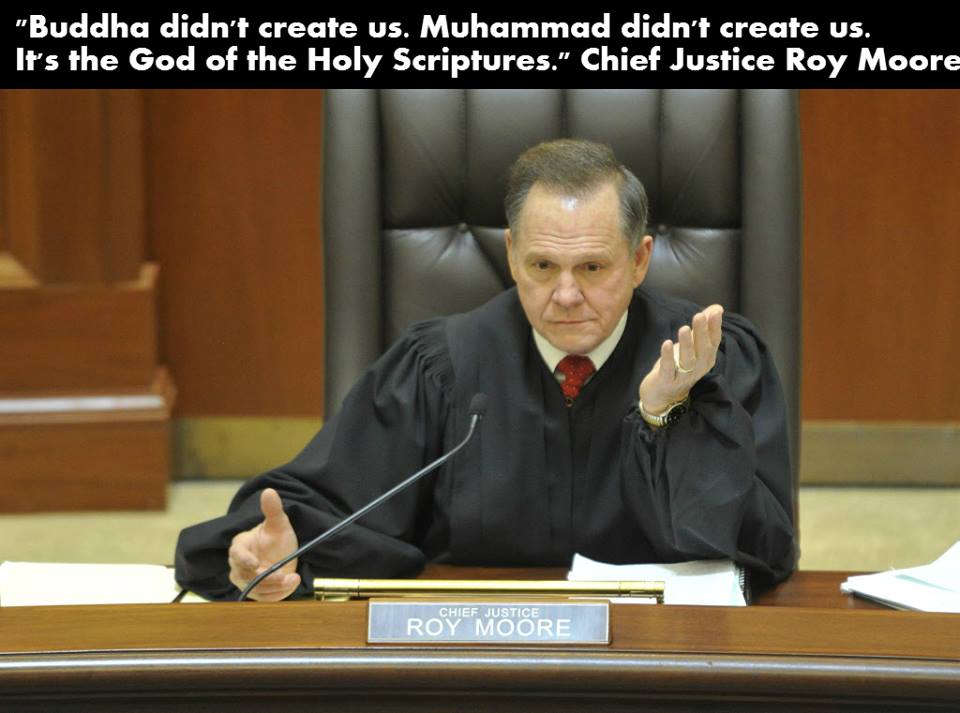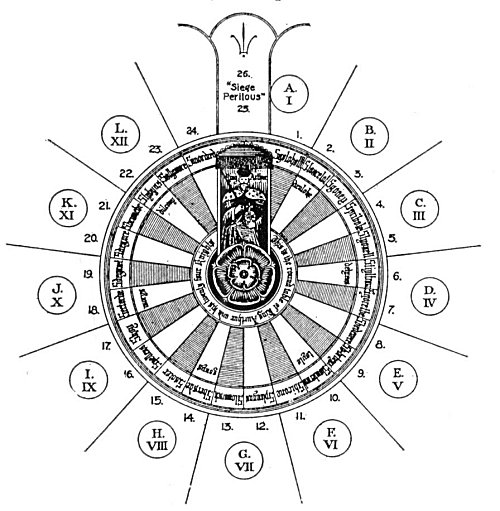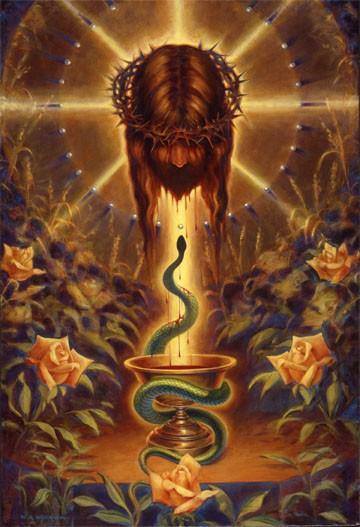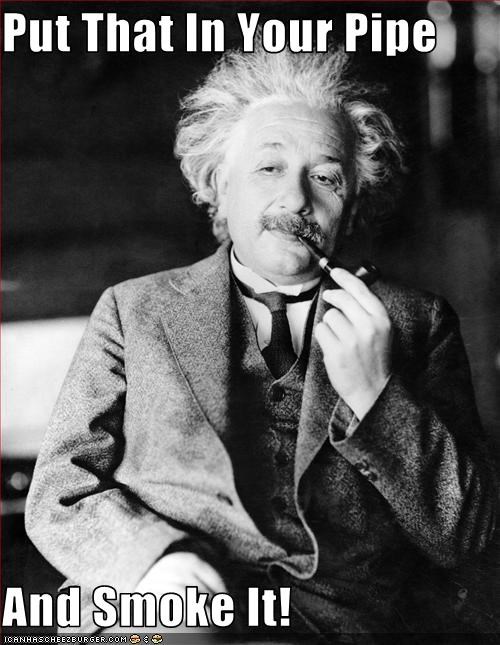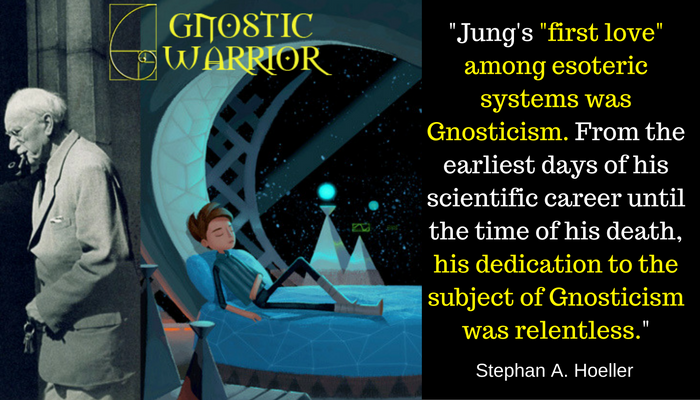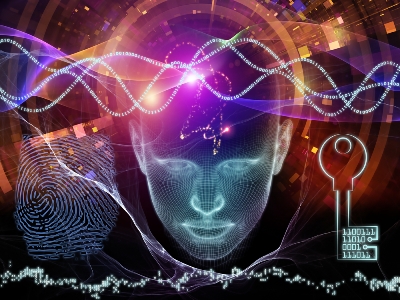Page 274
“And now again re-enter into the golden egg of His Thought, the germs of all that exist, as the divine Manu tells us. During His peaceful rest, the animated beings, endowed with the principles of action, cease their functions, and all feeling (manas) becomes dormant. When they are all absorbed in the SUPREME SOUL, this Soul of all the beings sleeps in complete repose, till the day when it resumes its form, and awakes again from its primitive darkness.”
If we now examine the ten mythical avatars of Vishnu, we find them recorded in the following progression:
1. Matsya-Avatar: as a fish. It will also be his tenth and last avatar, at the end of the Kali-yug.2. Kurm-Avatar: as a tortoise.3. Varaha: as a boar.4. Nara-Sing: as a man-lion; last animal stage.5. Vamuna: as a dwarf; first step toward the human form. 6. Parasu-Rama: as a hero, but yet an imperfect man.7. Rama-Chandra: as the hero of Ramayana. Physically a perfect man; his next of kin, friend and ally Hanouma, the monkey-god. The monkey endowed with speech.8. Christna-Avatar: the Son of the Virgin Devanaguy (or Devaki) one formed by God, or rather by the manifested Deity Vishnu, who is identical with Adam Kadmon. Christna is also called Kaneya, the Son of the Virgin.9. Gautama-Buddha, Siddhartha, or Sakya-muni. (The Buddhists reject this doctrine of their Buddha being an incarnation of Vishnu.) 10. This avatar has not yet occurred. It is expected in the future, like the Christian Advent, the idea of which was undoubtedly copied from the Hindu. When Vishnu appears for the last time he will come as a “Saviour.” According to the opinion of some Brahmans he will appear himself under the form of the horse Kalki. Others maintain that he will be mounting it. This horse is the envelope of the spirit of evil, and Vishnu will mount it, invisible to all, till he has conquered it for the last time. The “Kalki-Avataram,” or the last incarnation, divides
Page 275
Brahmanism into two sects. That of the Vaihnava refuses to recognize the incarnations of their god Vishnu in animal forms literally. They claim that these must be understood as allegorical.
In this diagram of avatars we see traced the gradual evolution and transformation of all species out of the ante-Silurian mud of Darwin and the ilus of Sanchoniathon and Berosus. Beginning with the Azoic time, corresponding to the ilus in which Brahma implants the creative germ, we pass through the Palaeozoic and Mesozoic times, covered by the first and second incarnations as the fish and tortoise; and the Cenozoic, which is embraced by the incarnations in the animal and semi-human forms of the boar and man-lion; and we come to the fifth and crowning geological period, designated as the “era of mind, or age of man,” whose symbol in the Hindu mythology is the dwarf — the first attempt of nature at the creation of man. In this diagram we should follow the main idea, not judge the degree of knowledge of the ancient philosophers by the literal acceptance of the popular form in which it is presented to us in the grand epical poem of Maha-Bharata and its chapter the Bagaved-gitta.
Even the four ages of the Hindu chronology contain a far more philosophical idea than appears on the surface. It defines them according to both the psychological or mental and the physical states of man during their period. Crita-yug, the golden age, the “age of joy,” or spiritual innocence of man; Treta-yug, the age of silver, or that of fire — the period of supremacy of man and of giants and of the sons of God; Dwapara-yug, the age of bronze — a mixture already of purity and impurity (spirit and matter) the age of doubt; and at last our own, the Kali-yug, or age of iron, of darkness, misery, and sorrow. In this age, Vishnu had to incarnate himself in Christna, in order to save humanity from the goddess Kali, consort of Siva, the all-annihilating — the goddess of death, destruction, and human misery. Kali is the best emblem to represent the “fall of man”; the falling of spirit into the degradation of matter, with all its terrific results. We have to rid ourselves of Kali before we can ever reach “Moksha,” or Nirvana, the abode of blessed Peace and Spirit.

Moe is the founder of GnosticWarrior.com. He is a father, husband, author, martial arts black belt, and an expert in Gnosticism, the occult, and esotericism.


